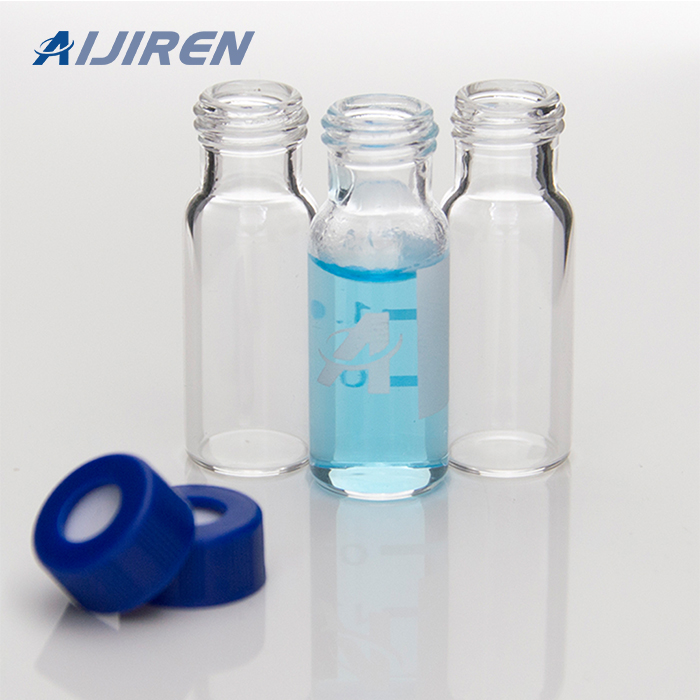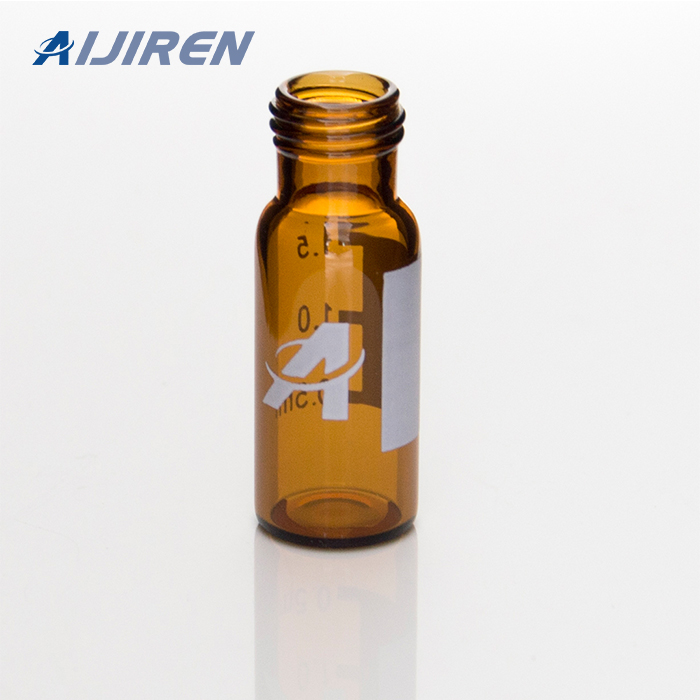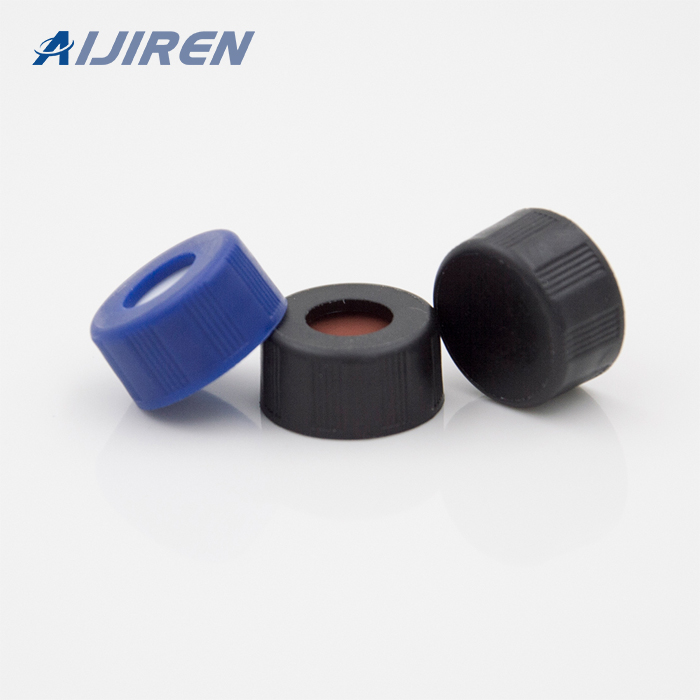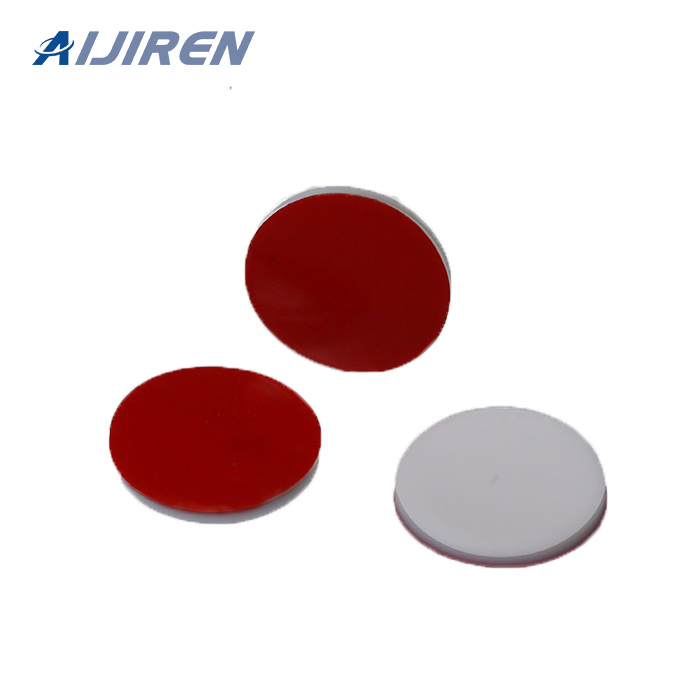



Jan 1, 2015 · All volatile compounds have a low molecular weight (most of them under 220 Da). When using a quadrupole detector, narrowing the m / z scan range as indicated provides either better peak shape (more points per peak) or higher sensitivity, as compared to the wider m / z ranges commonly used.
Impact of Temperature on Volatile Organic Crimp Vials & Crimp Vial Caps, 2 mL Crimp Top Vials | Aijiren2022/09/09 · Aijiren’s 2 mL crimp vials and 11 mm crimp vial caps are the Tel: +8618057059123
Autosampler Vial Crimpers and Decappers; Autosampler Vials, Caps, and Closures; Chromatography and Mass Spectrometry Reagents; Chromatography Columns and Cartridges; Chromatography Syringes; Chromatography Water; Gases and Gas Accessories; Paper Chromatography Products; Solid Phase Extraction Products; TLC Products
A subset of organic chemicals known as semi volatile organic compounds (SVOCs) is also a growing concern in water and soil pollution. These semi volatile compounds are composed of pesticides, herbicides, and a laundry list of compounds guaranteed to give even the most seasoned chemist trouble pronouncing them. Approved Methods
VOA Screw Cap Vials. Why Choose VOA Vials? These vials are specifically designed for use with volatile organic compounds, as recommended by EPA 40 CFR 141. They are available in both clear and amber borosilicate glass and have a temperature range of -40ºC to 125ºC.
brown bottle to fill the vial; otherwise fill the vials with cold water from the faucet until it is slightly overfilled. The water should end up in a mound shape above the rim of the vial. Screw the cap on tightly. Step Five Prepare the Faucet. Remove the screen, hoses or aerators from the faucet. These devices can put air in the water that
laboratory analytical method. The most common soil VOC container is a 40 mL glass vial with a special frit and equipped with two TFE-faced silicon septa. These are large enough to contain at least 5 g of soil or solid material and at least 10 mL of liquid. 60 mL vials of equivalent materials and construction may also be used.
1-4mL Autosampler Vials for HPLC, UPLC, GC 16mm, 25mm Test Tubes for Water Analysis 6-20mL GC Headspace Vials 8-60mL EPA Storage Vials HPLC Syringe Filters About Case
In an environmental analysis context, the VOC designation, or volatile organic contaminants , generally refers to the analysis of compounds in environmental samples with the following chemical properties:+. Low boiling points (below 200°C) Low vapor pressures. Low-to-medium water solubility. Organic compounds.
Most sample vials are made of plastic or glass, and include a separate or attached lid or closure. Sample vials are categorized by material and also by their size or specific purpose. Glass sample vials are categorized by the type of glass used to make them. Type I, Class A glass sample vials are made from low-expansion borosilicate glass.
• Volatile compounds—Choose crimp top vials and SureStop technology vials (in Performance Level 3) to prevent evaporation of highly volatile compounds in GC applications. • Non-volatile compounds—Screw thread and snap vials are the most popular choice for non-volatile compounds in LC applications.
Amber Vials are made from 51-expansion glass which has a different chemical composition and higher free ion content. Waters distributes the same vials (same chemical composition) around the world. Some distributors of vials source locally distributing different glass in different geographies.
Jun 29, 2021 · Volatile organic compounds (VOCs) are a class of chemical compounds that easily evaporate from liquid or solid form into the air at room temperature. VOCs can be naturally occurring in the environment, such as methane or isoprene, or human-made compounds like benzene, acetone or methyl tert-butyl ether (MTBE).
Volatile organic compounds (VOCs) are determined by collecting a n approximately 5-g sample, weighed in the field at the time of collection, and placing it in a pre-weighed vial with a septum – sealed screw-cap (see Sec. 4) that already contains a stirring bar and a sodium bisulfate
Samples containing highly reactive compounds, e.g., styrene, vinyl chloride, 2-chloroethyl vinyl ether, acrylamide, etc., as target analytes should not be preserved and should be analyzed as soon as they are received in the laboratory. Standard 40-mL glass screw-cap VOA vials with PTFE-lined silicone septa may be used for liquid matrices.